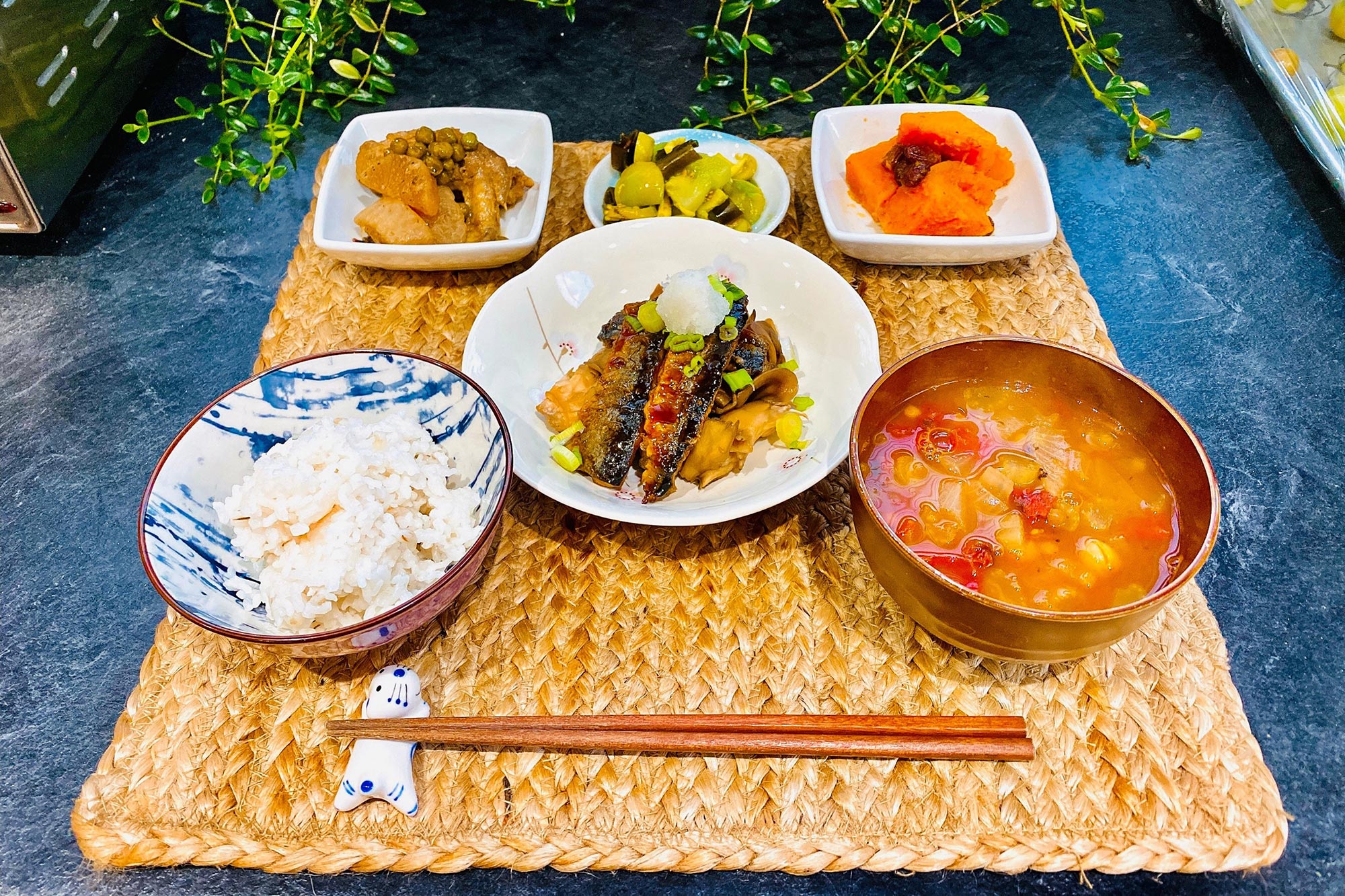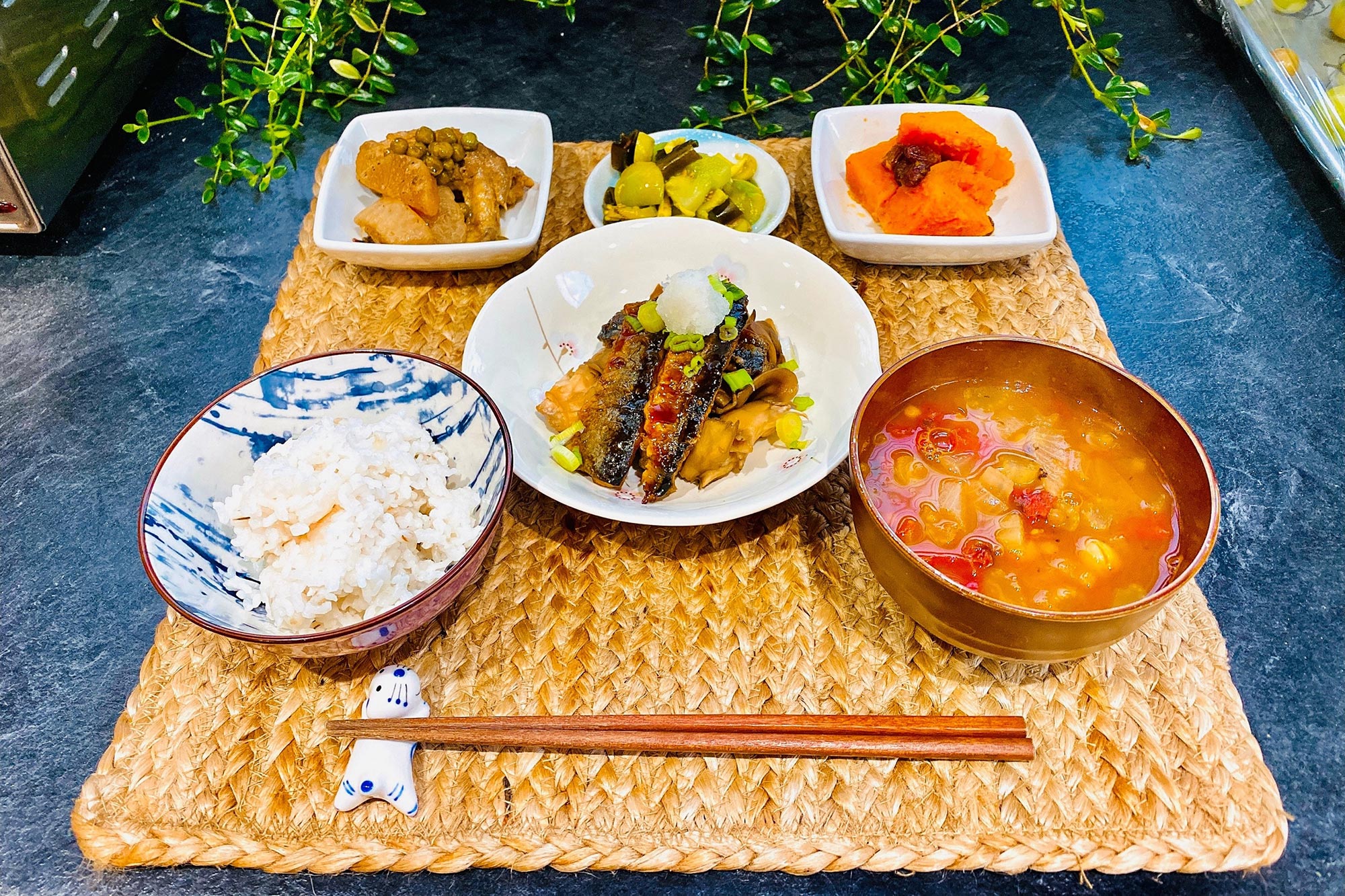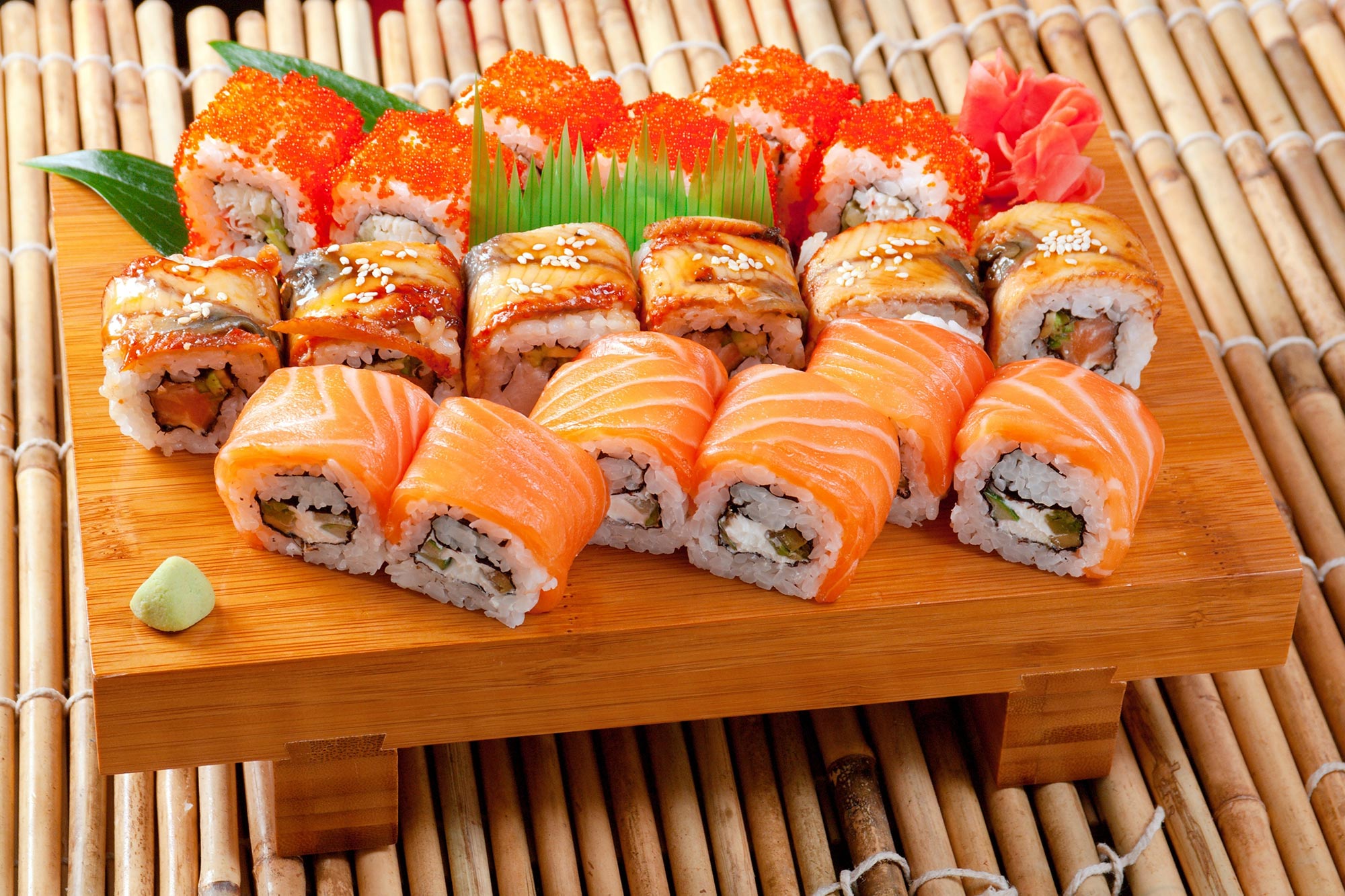
7 Wholesome Jap Meals to Upload to Your Vitamin

A standard Jap dinner may be very wholesome.
Jap meals is known for its well being advantages. The Jap have the second-highest existence expectancy on this planet, and so they characteristic their excellent well being to their diets. Researchers are nonetheless attempting to determine why Jap meals is so wholesome, however there’s for sure that it’s a excellent vitamin. Listed here are one of the crucial best meals that give a contribution to Jap well being:

Eating uncooked fish, corresponding to sashimi, sushi, and nigiri, is fashionable in Japan.
Fish
The Jap devour about 140 kilos of fish in line with particular person each and every 12 months. The typical American, by contrast, consumes simplest about 15 kilos in line with particular person in line with 12 months.
Fish is a great supply of top quality protein, which is helping construct and keep muscular tissues. Plus, fatty fish, like wild-caught salmon, include long-chain omega-3 fatty acids, a kind of fats that helps middle and mind well being. Some research to find omega-3s cut back irritation, a motive force in the back of many well being issues, together with heart problems. Lengthy-chain omega 3s come with eicosapentaenoic acid (EPA) and docosahexaenoic acid (DHA). These fatty acids are found in cold-water fish like salmon, mackerel, or tuna—but not shellfish such as clams and mussels.
However, there are some problems with eating too much fish. For one, fish is typically high in mercury and other metals, which can be harmful to your health. Avoid farmed fish, as they eat unnatural diets of corn or soybeans that may affect their nutrient content.

Natto, a traditional Japanese food made from fermented soybeans, is high in protein and vitamin K2.
Natto
Natto is a traditional Japanese food made from fermented soybeans. Natto has a sticky texture like cheese or yogurt, and it has an odor that can be off-putting for some people. Yet the Japanese love it and eat it frequently.
What makes natto such a nutritional powerhouse? It’s high in protein, but also vitamin K2, a vitamin important for bone health. Studies suggest vitamin K2 may also be beneficial for cardiovascular health. It activates osteocalcin, a hormone that directs calcium to the bones and away from the inner walls of arteries where it could contribute to cardiovascular disease.
Many people who eat natto say the smell and flavor grow on them after they’ve eaten it regularly for a while, but others find themselves unable to stomach even small amounts of this unusual dish. If you’re planning on trying natto at home, give it a chance! Some people dislike it at first but develop an affinity for it after eating it several times. It’s an acquired taste!

Edamame, a common starter at Japanese restaurants in the United States, is high in fiber, protein, vitamins, and minerals.
Edamame
Edamame are a traditional Japanese snack of boiled, salted soybeans. The soybeans are picked when they are still green and soft, and then boiled or steamed to a consistency that is slightly crunchy on the outside and tender on the inside. You can eat edamame as an appetizer or snack, or as part of a main meal.
Why would you want to? They’re high in fiber, protein, vitamins, and minerals. Edamame contain more than 20 essential amino acids, which are the building blocks of protein and is a complete source of protein. If you’re trying to lose weight or improve your diet, add edamame to your menu because it’s low in calories and fat but still contains plenty of protein for muscle development. You can find edamame at most grocery stores in the frozen food section.

Fermented foods such as miso are known to be beneficial for microbiome health.
Miso Soup
Miso soup is a Japanese soup made from dashi, vegetables, and miso paste. The Japanese enjoy it as an appetizer and you can too. It’s a delicious way to get your daily dose of vegetables as it can contain several types of vegetables in each serving. If you’re looking for healthy Japanese food, then miso soup can be an excellent choice because it’s nutritious and high in protein. Plus, miso paste has over 20 different nutrients including vitamins A, B1 (thiamine), B2 (riboflavin), B3 (niacin), B5 (pantothenic acid), and vitamin E, as well as minerals such as calcium, iron, magnesium, manganese, phosphorus, and potassium.

While pickled ginger is commonly served alongside sushi at Japanese restaurants in the U.S., it can also be as a snack.
Pickled Ginger
Another food the Japanese enjoy is pickled ginger, a traditional Japanese food made by preserving ginger in vinegar and salt. You may have had pickled ginger at a sushi restaurant with your favorite sushi or sashimi, but you can also eat it as a side dish or snack. You can find pickled ginger at any Japanese market, or you can make your own at home by preserving ginger in vinegar and salt.
Why is it healthy? Ginger has anti-inflammatory effects and may help you recover faster after a workout. One study found that 2 grams of ginger improved the symptoms of delayed onset muscle soreness (DOMS), the soreness you feel after a workout your body isn’t accustomed to. Ginger is also effective for relieving nausea.

Daikon is low in calories, yet high in fiber.
Daikon Radish
Daikon radishes are a popular ingredient in many Asian dishes. This root vegetable is low in calories and high in fiber and also contains vitamin C, some B-vitamins, potassium, and calcium. The Japanese eat daikon radish raw or cooked and you can pickle it, grate it into salads, or add it to soups, stews, stir-fries, and other dishes. Another idea is to slice them into thin rounds or julienne them to add to salads and cold noodle dishes. You’ll discover this Asian offering offers lots of versatility.

Seaweed is nutritious, and one of the best natural sources for iodine.
Seaweed
The Japanese also consume a lot of sea vegetables, including seaweed. Seaweed is a great source of iodine, which is essential for producing thyroid hormones. It also contains vitamins A and C, magnesium, iron, magnesium, potassium, and calcium. Plus, they’re rich in fiber and contain omega-3s.
There are many kinds of seaweed, and they all have different flavors and textures. Some are crunchy, and some are soft. Some taste like vegetables, and others taste like seafood. Why not explore a variety of sea vegetables and seaweed?
A seaweed salad is a tasty way to get your daily dose of greens and vitamins. Seaweed salads are particularly popular in Japan, where they’re served with all sorts of toppings, from boiled eggs and smoked salmon to tofu and seaweed.

Japanese diets are quite healthy, being high in fish and vegetables.
Conclusion
These are just some foods that make up a healthy Japanese diet. The Japanese eat a diet rich in omega-3s, phytochemicals with antioxidant activity, and other vitamins and minerals. Plus, they eat less processed foods. Many traditional Japanese dishes center around vegetables, so keep that in mind when you plan your meals.
References:
- “Daikon Radish: Types, Nutrition, Benefits, and Uses – Healthline.” 07 Oct. 2019, healthline.com/nutrition/daikon-radish.
- Hoseinzadeh K, Daryanoosh F, Baghdasar PJ, Alizadeh H. Acute effects of ginger extract on biochemical and functional symptoms of delayed onset muscle soreness. Med J Islam Repub Iran. 2015 Sep 12;29:261. PMID: 26793652; PMCID: PMC4715415.
- “Nutritional Values For Common Foods And Products.” nutritionvalue.org/.





